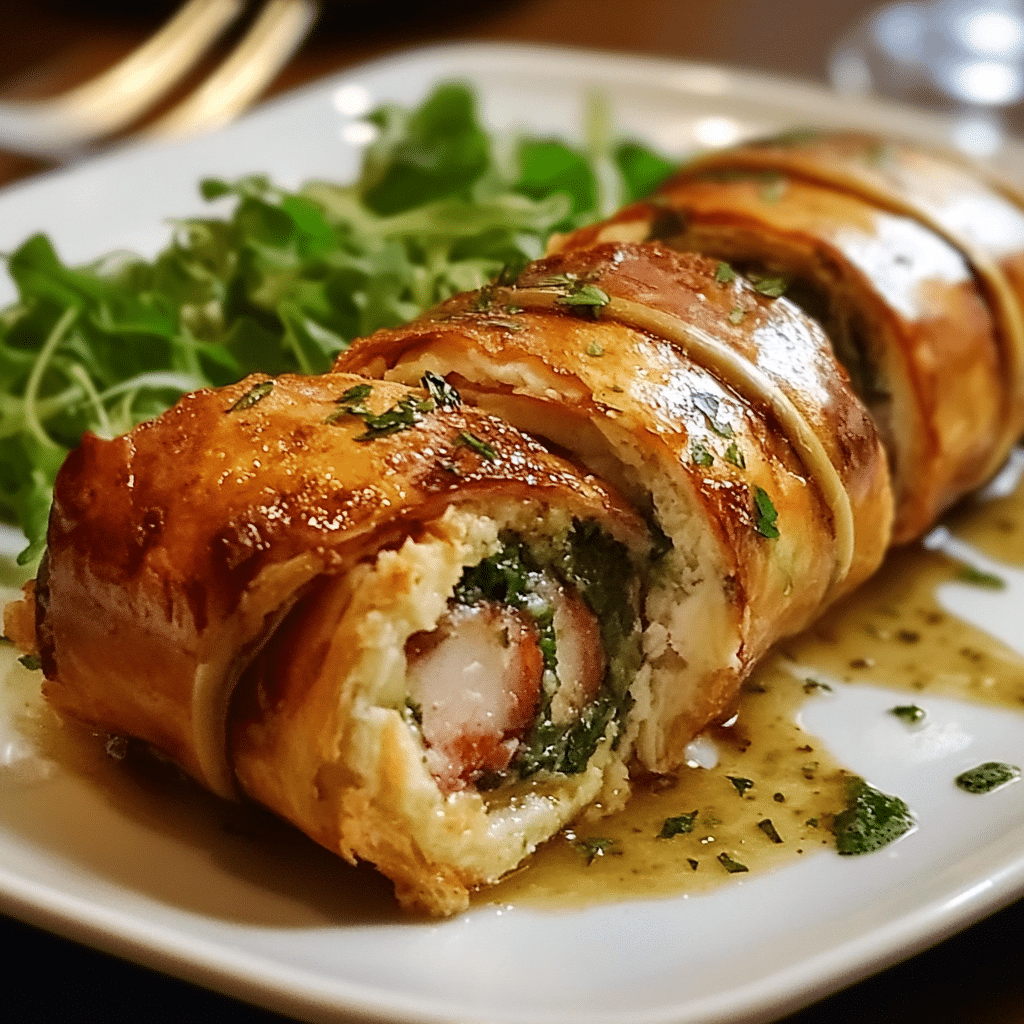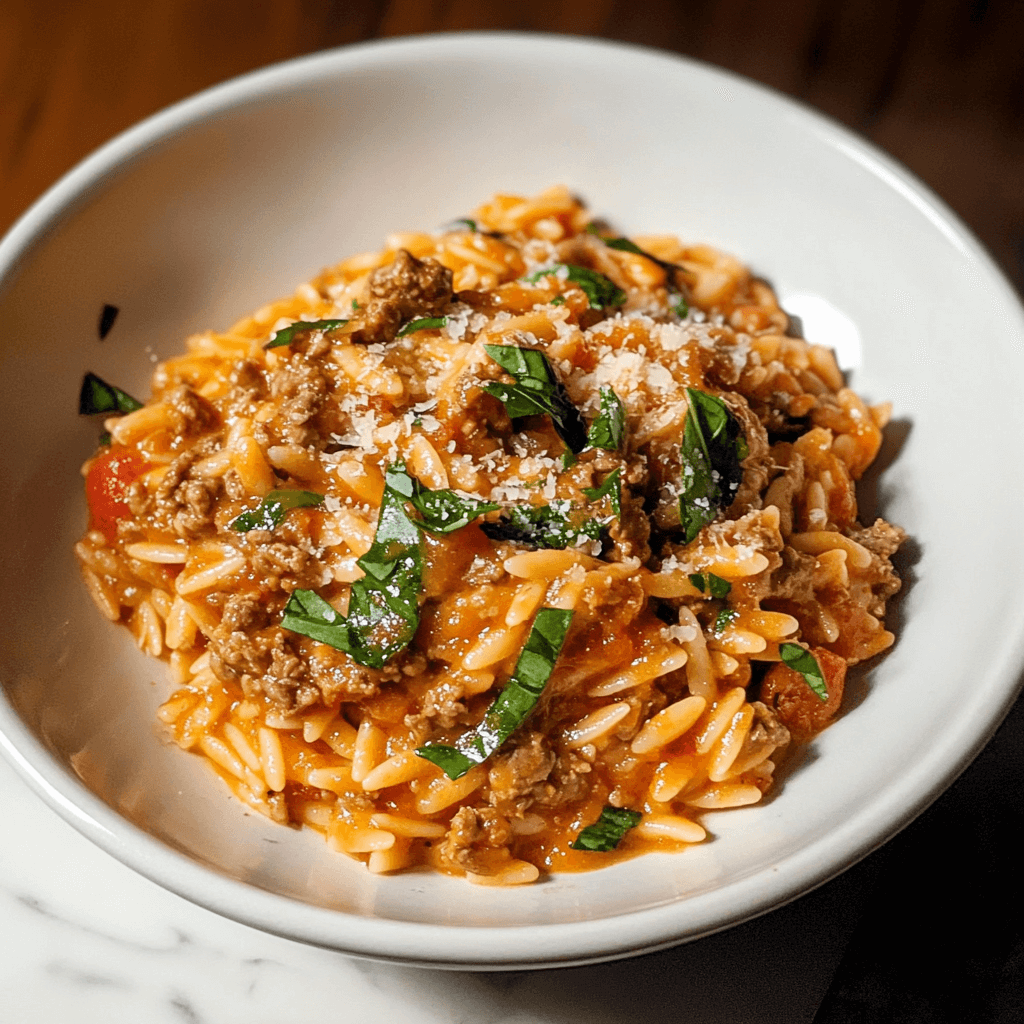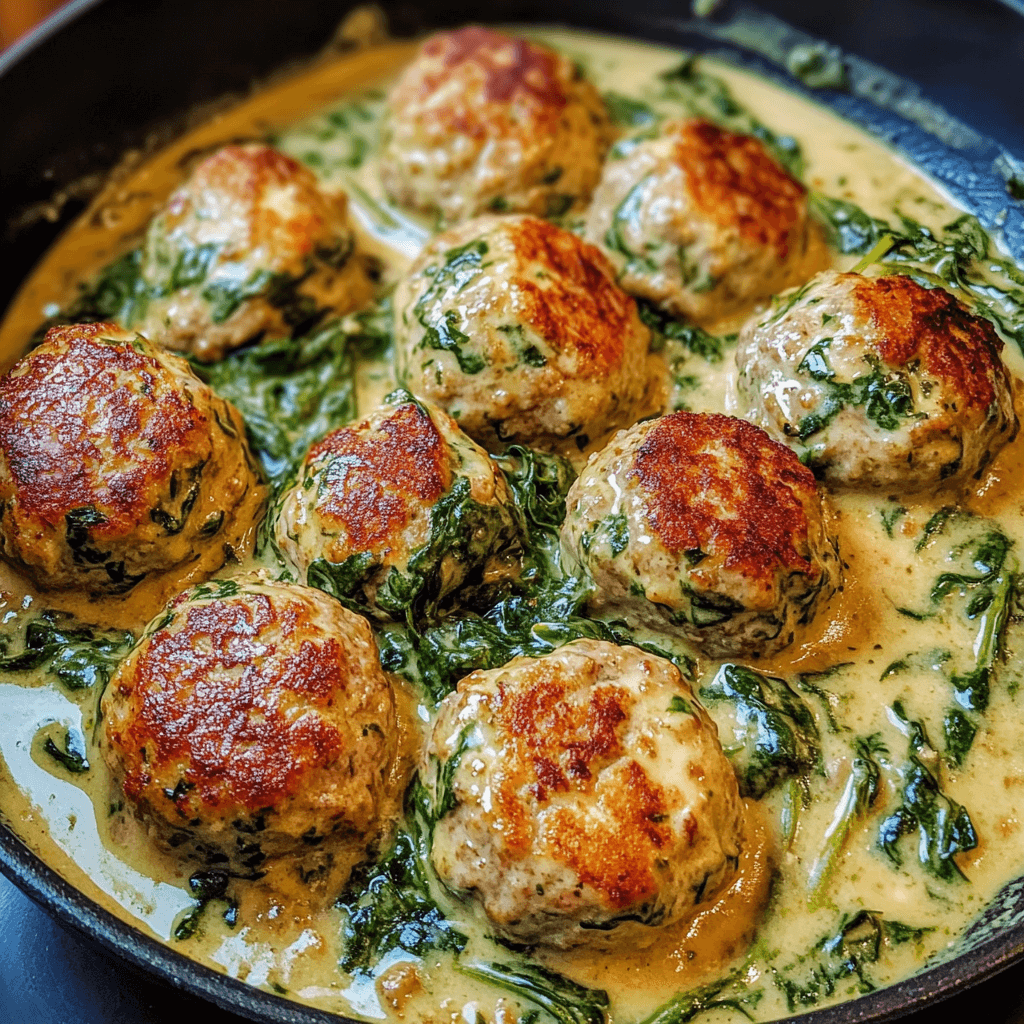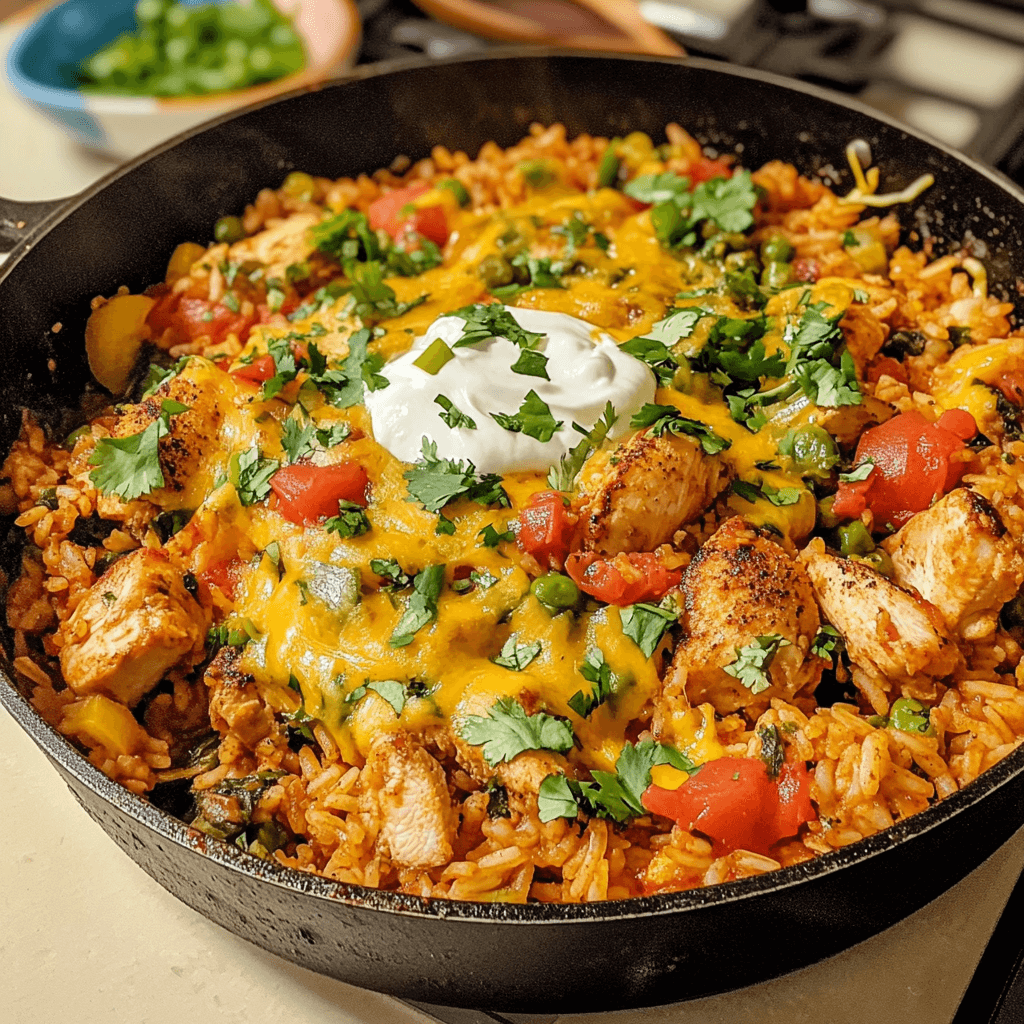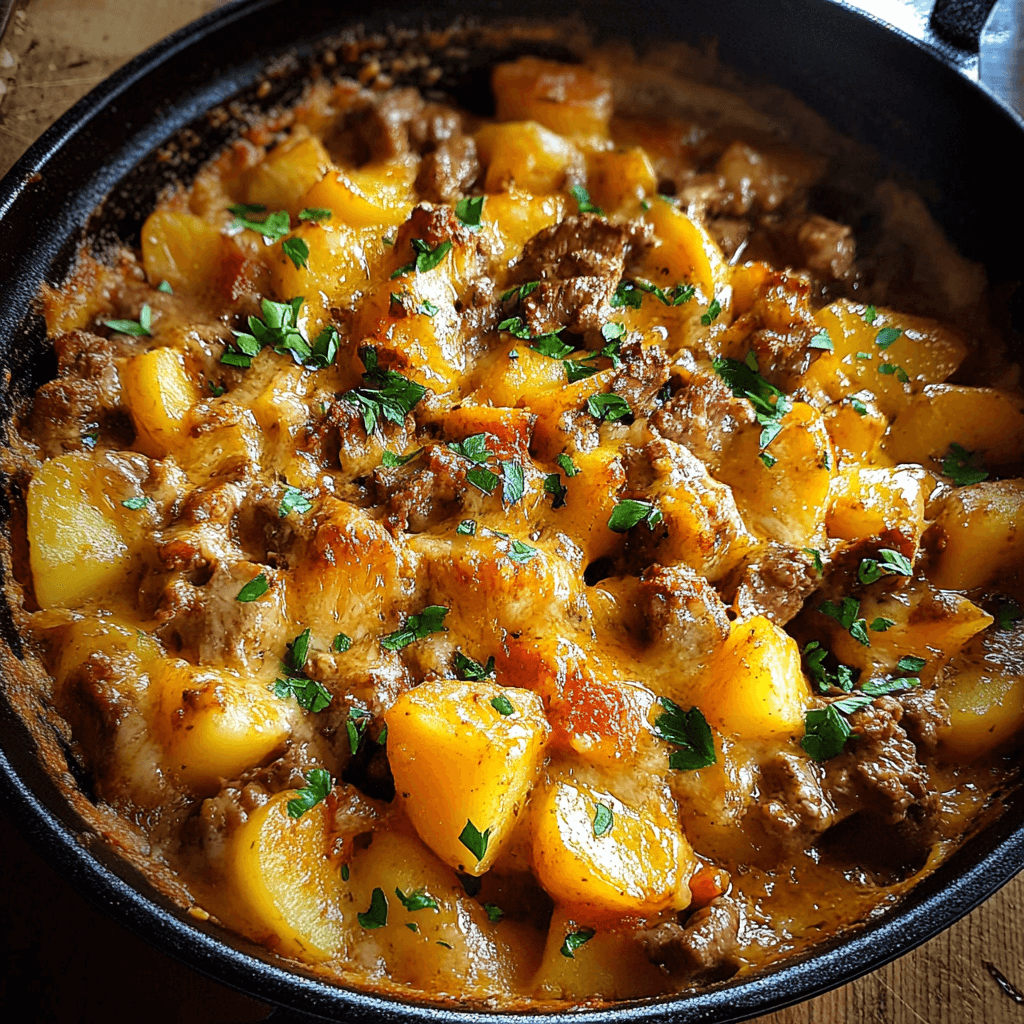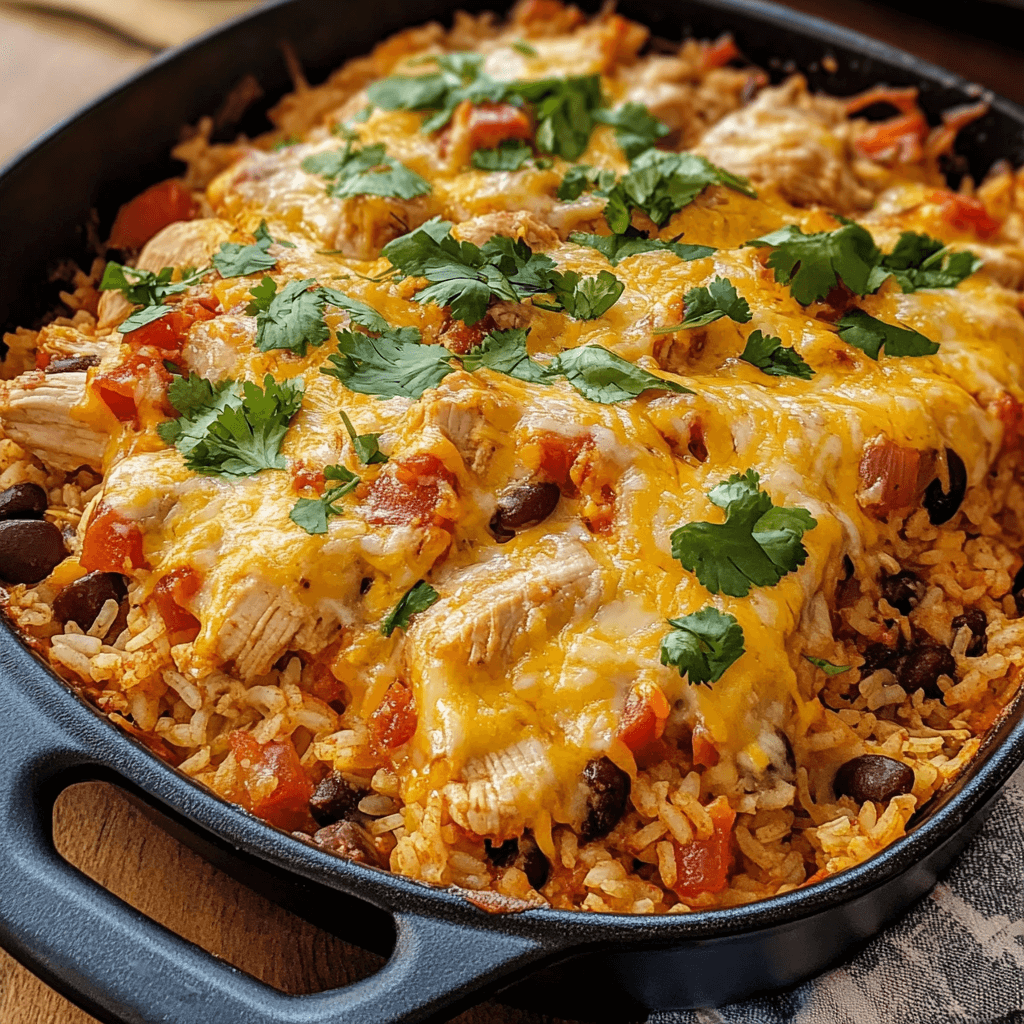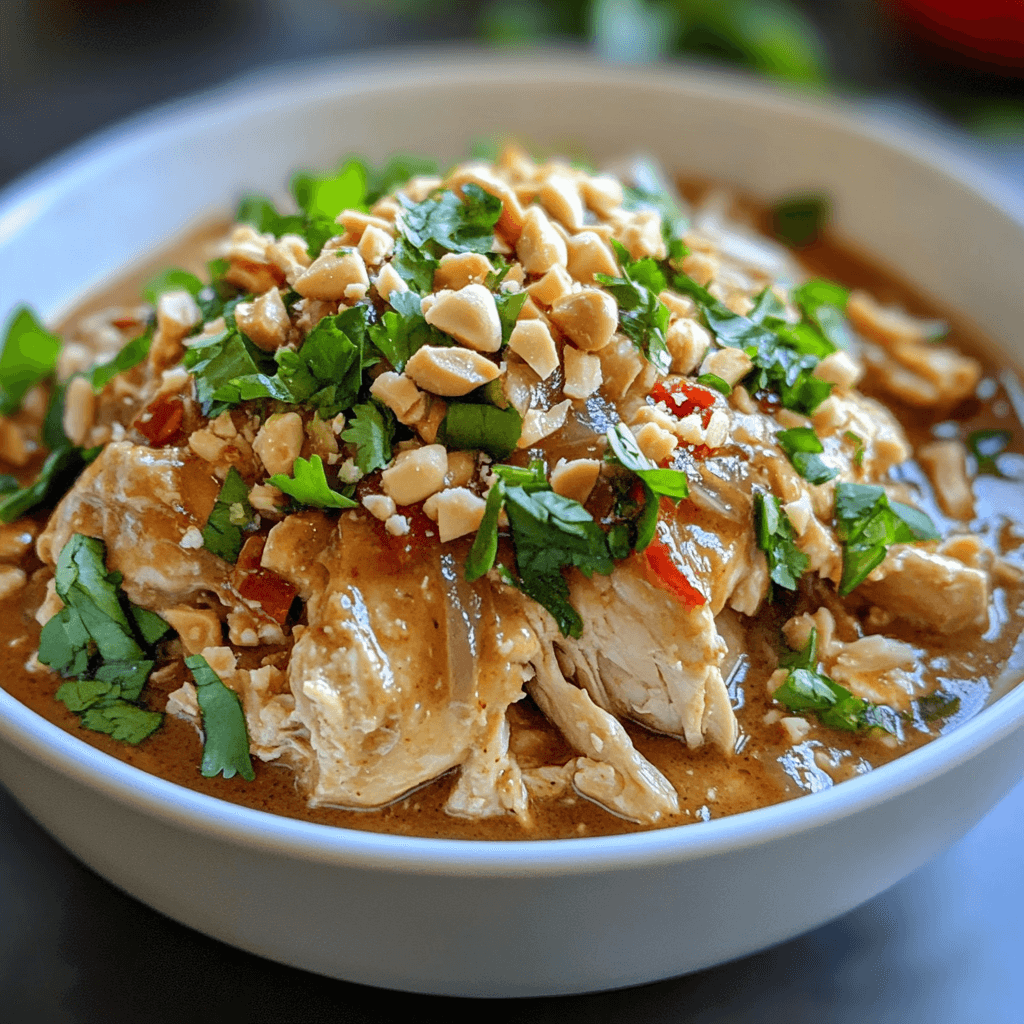Introduction
Lobster Wellington is an elegant and luxurious twist on the classic Beef Wellington, combining the delicate sweetness of lobster with the rich, buttery flavors of puff pastry. This dish is an impressive centerpiece for special occasions, from romantic dinners to holiday gatherings and celebratory meals. The lobster is perfectly cooked and paired with a savory mushroom duxelles, which adds an earthy richness that complements the sweetness of the lobster. The entire creation is then enveloped in flaky puff pastry and baked to golden perfection, resulting in a dish that is as beautiful as it is delicious.
If you’re looking to elevate your culinary repertoire and impress guests with a show-stopping entrée, Lobster Wellington is the perfect choice. The dish combines a bit of indulgence with refined technique, making it ideal for those who enjoy sophisticated flavors. This recipe will guide you through each step of preparing Lobster Wellington, offering tips, variations, and serving suggestions to ensure that your dish turns out perfect every time.
Why You’ll Love Lobster Wellington
- Luxurious Flavor: The succulent lobster, when combined with the earthy mushroom duxelles and wrapped in buttery puff pastry, creates a rich and indulgent flavor profile. Every bite delivers a combination of sweetness, savory depth, and flaky texture.
- Visually Stunning: Lobster Wellington is an eye-catching dish, making it a showstopper at any dinner table. The golden-brown pastry adds a beautiful finish to the lobster, creating a feast for both the eyes and the taste buds.
- Perfect for Special Occasions: This dish is ideal for special occasions, from holidays to romantic dinners. Its sophistication makes it perfect for celebrations, making the event feel even more memorable.
- Delicate and Savory: The lobster’s delicate sweetness and the savory mushroom mixture create a harmonious balance of flavors that will leave you craving more. The buttery pastry ties everything together, adding a satisfying crunch.
- Impressive Yet Achievable: While Lobster Wellington may seem like a challenging dish, it’s easier than it looks with the right preparation. The recipe is broken down into manageable steps, ensuring you can achieve restaurant-quality results at home.
Preparation and Cooking Time
- Total Time: 1 hour 30 minutes
- Preparation Time: 40 minutes
- Cooking Time: 30-40 minutes
- Servings: 4 servings
- Calories per Serving: Around 500-600 calories per serving, depending on portion size and ingredients used.
Nutrition Facts (Per Serving)
- Calories: 500-600 kcal
- Fat: 35-40g
- Carbohydrates: 30-35g
- Protein: 25-30g
- Fiber: 2-3g
- Sugar: 2-3g
Ingredients
For the Lobster Wellington:
- 4 lobster tails (approximately 6 oz each)
- 1 tablespoon olive oil (for searing the lobster)
- Salt and pepper to taste
- 1 sheet puff pastry (store-bought or homemade)
- 1 egg (for egg wash)
For the Mushroom Duxelles:
- 8 oz fresh mushrooms (such as cremini or button mushrooms), finely chopped
- 2 tablespoons unsalted butter
- 1 small shallot, finely chopped
- 2 cloves garlic, minced
- 2 tablespoons dry white wine (or vegetable broth)
- 1 tablespoon fresh thyme leaves (or 1 teaspoon dried thyme)
- Salt and pepper to taste
Assembly:
- 4 slices prosciutto (optional, but adds richness and helps keep the lobster moist)
- 2 tablespoons Dijon mustard (for brushing the lobster tails)
Step-by-Step Instructions
1. Prepare the Lobster Tails
Start by preparing the lobster tails. Using kitchen scissors, carefully cut the top of the lobster shells lengthwise and pull the lobster meat out, leaving the tails intact. You want the lobster meat to remain attached to the bottom half of the shell.
Once the lobster is removed, cut a small slit down the center of each tail to butterfly it, ensuring even cooking.
Heat a tablespoon of olive oil in a large skillet over medium-high heat. Season the lobster tails with salt and pepper, then sear them in the hot skillet for 2-3 minutes on each side, just until they are opaque and slightly golden. You don’t want to fully cook the lobster at this stage, as it will continue to cook in the pastry. Remove the lobster from the skillet and set it aside to cool.
2. Make the Mushroom Duxelles
In the same skillet, melt the butter over medium heat. Add the finely chopped shallot and garlic, cooking until softened, about 3-4 minutes.
Next, add the chopped mushrooms to the pan and cook for 5-7 minutes, stirring occasionally, until the mushrooms release their moisture and begin to brown. The mushrooms should become tender and reduced in size.
Add the white wine (or vegetable broth) and thyme to the mushrooms, cooking for an additional 2-3 minutes until most of the liquid has evaporated. Season the duxelles with salt and pepper to taste, then remove from heat and allow the mixture to cool completely.
3. Prepare the Prosciutto (Optional)
If you are using prosciutto, lay out 4 slices of prosciutto on a piece of parchment paper or a clean surface. Arrange the cooled mushroom duxelles evenly on top of the prosciutto slices. This layer helps to keep the lobster moist during baking and adds richness to the dish. Gently press the mixture down to ensure it sticks.
4. Assemble the Lobster Wellington
On a clean, flat surface, roll out the sheet of puff pastry to a size large enough to wrap each lobster tail. If the pastry is too thick, roll it thinner to ensure it crisps up beautifully in the oven.
Brush the lobster tails with a thin layer of Dijon mustard. Then, place each lobster tail in the center of a piece of prosciutto (with the mushroom mixture) and carefully wrap the prosciutto around the lobster. Once wrapped, place each lobster tail in the center of the prepared puff pastry sheet.
Carefully fold the pastry over the lobster, ensuring that it is completely covered. Pinch the edges to seal, trimming any excess pastry. You can also fold the ends to create a neat package.
Repeat this process for each lobster tail, making sure they are securely wrapped in the pastry.
5. Egg Wash and Bake
Preheat your oven to 400°F (200°C). Line a baking sheet with parchment paper or a silicone baking mat to prevent sticking.
Place the wrapped Lobster Wellingtons seam-side down on the prepared baking sheet. Beat the egg in a small bowl and brush a generous amount of egg wash over the puff pastry to give it a golden, glossy finish.
Use a sharp knife to cut a few small slits on top of each pastry package to allow steam to escape while baking.
Bake the Lobster Wellingtons for 30-40 minutes, or until the pastry is golden and puffed up. The lobster inside should be cooked through, and the puff pastry should be crispy and flaky.
6. Serve the Lobster Wellington
Remove the Lobster Wellingtons from the oven and let them rest for a few minutes. This allows the filling to settle and makes them easier to slice.
Slice each Lobster Wellington into halves or serve them whole, depending on your preference. Garnish with fresh herbs like thyme or parsley for an added touch of color and flavor.
Serve the Lobster Wellington with a side of roasted vegetables, a crisp salad, or even a glass of chilled white wine to complement the delicate flavors.
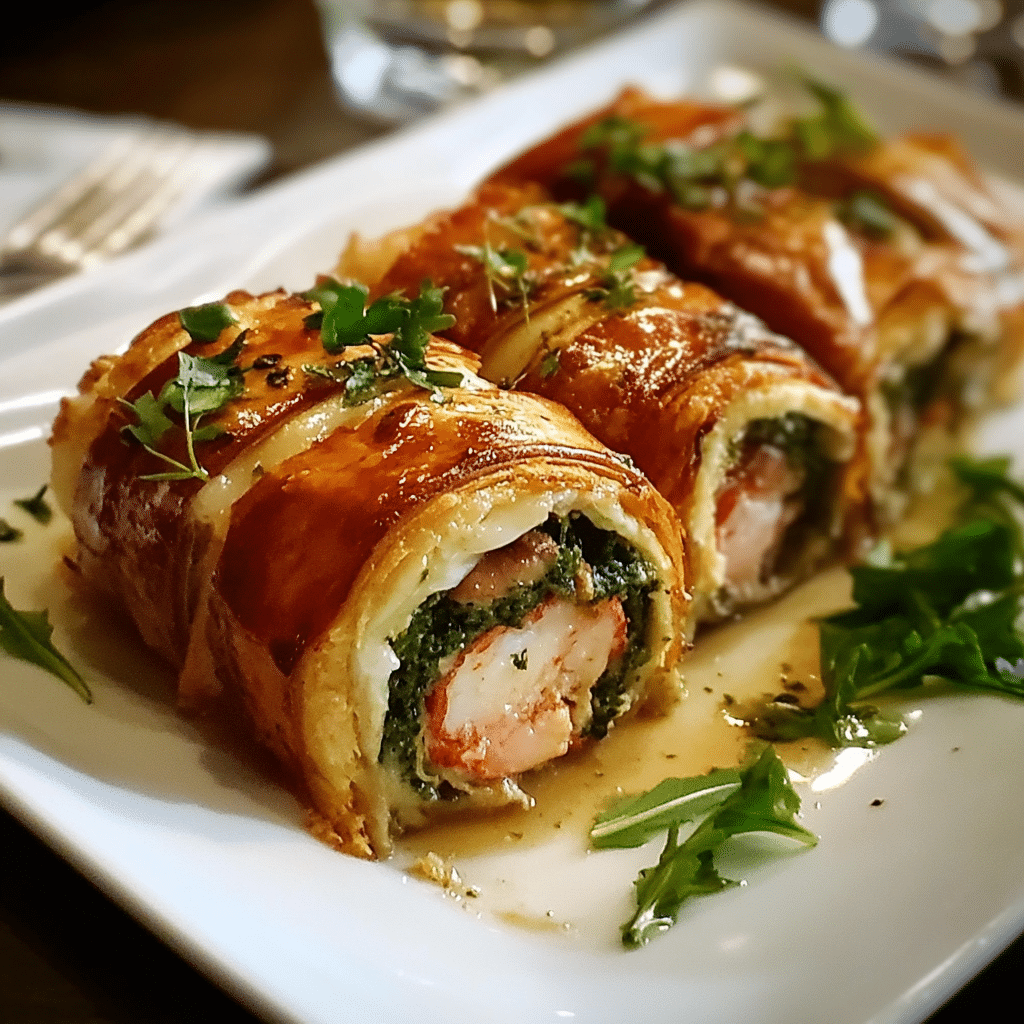
Tips for Perfect Lobster Wellington
- Choose the Right Lobster: The key to Lobster Wellington is the quality of the lobster. Fresh, sweet lobster tail will give the dish its distinct flavor. If using frozen lobster tails, make sure to thaw them completely and drain any excess liquid before cooking.
- Don’t Overcook the Lobster: Since the lobster will continue to cook in the pastry, it’s essential not to overcook it when searing. A quick 2-3 minutes on each side is sufficient to give it color and flavor.
- Use Fresh Mushrooms: The mushrooms are an important component of the duxelles, so be sure to use fresh mushrooms for the best flavor and texture. Finely chop them to ensure an even mixture that will fit nicely inside the pastry.
- Puff Pastry Handling: Puff pastry can be delicate, so be careful not to stretch or tear it while wrapping the lobster. If the pastry is too soft to handle, chill it briefly in the fridge before working with it.
- Add a Little Extra Flavor: For an added touch, you can sprinkle a bit of grated parmesan cheese or herbs like rosemary or tarragon on the pastry before baking. This can enhance the flavor of the crust.
Variations of Lobster Wellington
- Crab Wellington: Substitute the lobster with fresh crab meat for a different yet equally indulgent version of this dish. The preparation and assembly will be the same, but the crab will offer a slightly sweeter flavor profile.
- Vegetarian Wellington: For a vegetarian version, replace the lobster with a mix of sautéed vegetables like spinach, artichokes, and roasted red peppers, or even a hearty mushroom mix. The mushroom duxelles would still work wonderfully in this variation.
- Beef Wellington Variation: For a more traditional take, replace the lobster with filet mignon or another tender cut of beef. This classic variation is perfect for those who prefer beef over seafood.
- Truffle Oil: Add a drizzle of truffle oil over the lobster before wrapping it in the pastry for a rich, earthy depth that will elevate the flavor profile of your Lobster Wellington.
Storage and Shelf Life
Lobster Wellington is best enjoyed fresh, but if you have leftovers, they can be stored in an airtight container in the refrigerator for up to 2 days. To reheat, place the Lobster Wellingtons in a 350°F (175°C) oven for about 10-15 minutes, or until heated through. The puff pastry may not be as crispy as when freshly baked, but it will still be delicious.
For longer storage, you can freeze the assembled Lobster Wellingtons before baking. Wrap each one tightly in plastic wrap and foil, then store them in a freezer-safe bag or container. When ready to bake, allow the Wellingtons to thaw in the refrigerator overnight before baking as directed.
Side Dishes and Pairings for Lobster Wellington
Lobster Wellington is a rich and indulgent dish that pairs wonderfully with light and refreshing sides. Consider these ideas:
- Roasted Vegetables: A mix of roasted carrots, asparagus, and Brussels sprouts will provide a fresh, crunchy contrast to the richness of the lobster and pastry.
- Crisp Salad: A simple salad with mixed greens, arugula, or baby spinach and a light vinaigrette will help cut through the richness of the dish.
- Risotto: A creamy risotto, perhaps with lemon and herbs, would complement the delicate lobster without overshadowing its flavors.
- Chardonnay or Champagne: The richness of the Lobster Wellington pairs beautifully with a crisp, buttery Chardonnay or even a glass of sparkling Champagne, which provides a refreshing balance to the dish.

Lobster Wellington Recipe
- Total Time: 1 hour 30 minutes
Description
A luxurious twist on the classic Beef Wellington, this dish features succulent lobster tail wrapped in a buttery puff pastry, with a layer of rich, creamy mushroom duxelles. Elegant and indulgent, it’s perfect for special occasions or holiday meals.
Ingredients
For the Lobster Wellington:
- 4 lobster tails (approximately 6 oz each)
- 1 tablespoon olive oil (for searing the lobster)
- Salt and pepper to taste
- 1 sheet puff pastry (store-bought or homemade)
- 1 egg (for egg wash)
For the Mushroom Duxelles:
- 8 oz fresh mushrooms (such as cremini or button mushrooms), finely chopped
- 2 tablespoons unsalted butter
- 1 small shallot, finely chopped
- 2 cloves garlic, minced
- 2 tablespoons dry white wine (or vegetable broth)
- 1 tablespoon fresh thyme leaves (or 1 teaspoon dried thyme)
- Salt and pepper to taste
For Assembly:
- 4 slices prosciutto (optional, but adds richness and helps keep the lobster moist)
- 2 tablespoons Dijon mustard (for brushing the lobster tails)
Instructions
1. Prepare the Lobster Tails
Start by preparing the lobster tails. Using kitchen scissors, carefully cut the top of the lobster shells lengthwise and pull the lobster meat out, leaving the tails intact. You want the lobster meat to remain attached to the bottom half of the shell.
Once the lobster is removed, cut a small slit down the center of each tail to butterfly it, ensuring even cooking.
Heat a tablespoon of olive oil in a large skillet over medium-high heat. Season the lobster tails with salt and pepper, then sear them in the hot skillet for 2-3 minutes on each side, just until they are opaque and slightly golden. You don’t want to fully cook the lobster at this stage, as it will continue to cook in the pastry. Remove the lobster from the skillet and set it aside to cool.
2. Make the Mushroom Duxelles
In the same skillet, melt the butter over medium heat. Add the finely chopped shallot and garlic, cooking until softened, about 3-4 minutes.
Next, add the chopped mushrooms to the pan and cook for 5-7 minutes, stirring occasionally, until the mushrooms release their moisture and begin to brown. The mushrooms should become tender and reduced in size.
Add the white wine (or vegetable broth) and thyme to the mushrooms, cooking for an additional 2-3 minutes until most of the liquid has evaporated. Season the duxelles with salt and pepper to taste, then remove from heat and allow the mixture to cool completely.
3. Prepare the Prosciutto (Optional)
If you are using prosciutto, lay out 4 slices of prosciutto on a piece of parchment paper or a clean surface. Arrange the cooled mushroom duxelles evenly on top of the prosciutto slices. This layer helps to keep the lobster moist during baking and adds richness to the dish. Gently press the mixture down to ensure it sticks.
4. Assemble the Lobster Wellington
On a clean, flat surface, roll out the sheet of puff pastry to a size large enough to wrap each lobster tail. If the pastry is too thick, roll it thinner to ensure it crisps up beautifully in the oven.
Brush the lobster tails with a thin layer of Dijon mustard. Then, place each lobster tail in the center of a piece of prosciutto (with the mushroom mixture) and carefully wrap the prosciutto around the lobster. Once wrapped, place each lobster tail in the center of the prepared puff pastry sheet.
Carefully fold the pastry over the lobster, ensuring that it is completely covered. Pinch the edges to seal, trimming any excess pastry. You can also fold the ends to create a neat package.
Repeat this process for each lobster tail, making sure they are securely wrapped in the pastry.
5. Egg Wash and Bake
Preheat your oven to 400°F (200°C). Line a baking sheet with parchment paper or a silicone baking mat to prevent sticking.
Place the wrapped Lobster Wellingtons seam-side down on the prepared baking sheet. Beat the egg in a small bowl and brush a generous amount of egg wash over the puff pastry to give it a golden, glossy finish.
Use a sharp knife to cut a few small slits on top of each pastry package to allow steam to escape while baking.
Bake the Lobster Wellingtons for 30-40 minutes, or until the pastry is golden and puffed up. The lobster inside should be cooked through, and the puff pastry should be crispy and flaky.
6. Serve the Lobster Wellington
Remove the Lobster Wellingtons from the oven and let them rest for a few minutes. This allows the filling to settle and makes them easier to slice.
Slice each Lobster Wellington into halves or serve them whole, depending on your preference. Garnish with fresh herbs like thyme or parsley for an added touch of color and flavor.
Serve the Lobster Wellington with a side of roasted vegetables, a crisp salad, or even a glass of chilled white wine to complement the delicate flavors.
- Prep Time: 40 minutes
- Cook Time: 30-40 minutes
Nutrition
- Calories: 500-600 kcal
- Fat: 35-40g
- Carbohydrates: 30-35g
- Protein: 25-30g
Conclusion
Lobster Wellington is an indulgent, show-stopping dish that will impress your guests with its sophisticated flavors and beautiful presentation. Combining sweet lobster, earthy mushroom duxelles, and flaky puff pastry, this dish is perfect for special occasions and memorable meals. With a few simple techniques and thoughtful preparation, you can create a restaurant-quality dish at home that is sure to delight. Follow this step-by-step guide to master Lobster Wellington, and enjoy a luxurious meal that will leave everyone talking.

